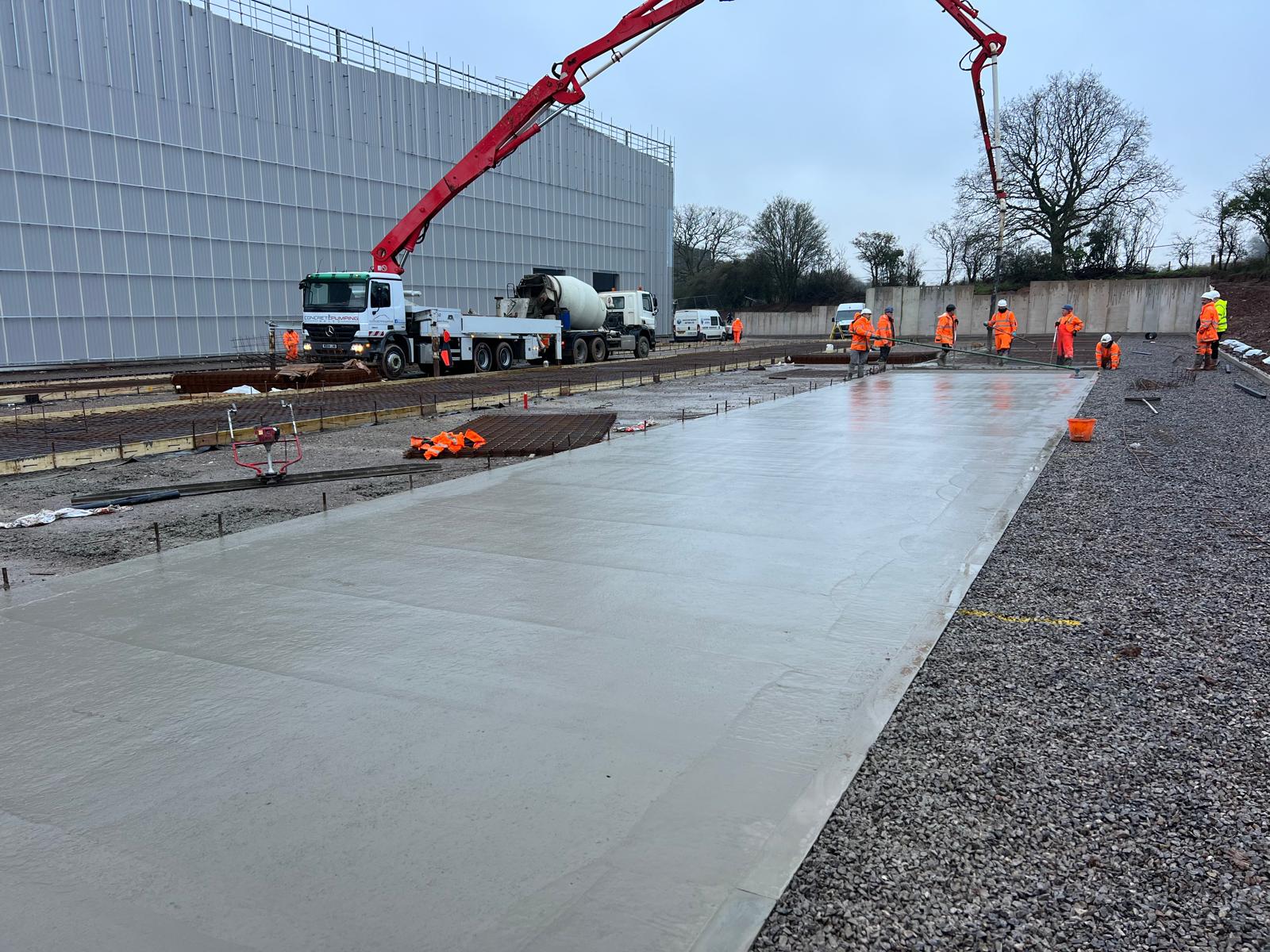The Benefits of Drones in Construction
Over the past few years developments in technology have increased the commercial use of drones, or unmanned aerial vehicles (UAVs). Concrete Structures and Floors Ltd, whilst not having their own drone, have enjoyed various benefits from drones used on sites we are working on, not to mention amazing aerial footage of the construction site or finished project.
Drones have revolutionised the construction industry by offering a multitude of benefits that enhance efficiency, safety, and accuracy on construction sites. One of the primary advantages of using drones in construction is their ability to conduct aerial surveys and inspections. Drones equipped with high-resolution cameras and sensors can capture detailed images and data of the construction site, providing project managers with real-time information on progress and site conditions. This capability enables faster and more accurate site assessments compared to traditional methods.
Safety can be significantly improved through the use of drones. Construction sites are often hazardous, with risks of falls, equipment accidents, and exposure to harmful substances. Drones can access and inspect dangerous or hard-to-reach areas, reducing the need for workers to be physically present in risky environments. This minimizes the likelihood of accidents and injuries, contributing to a safer workplace.
Drones also enhance project management and planning. The data collected by drones can be used to create precise 3D models and maps of the construction site, at far less cost than manual inspections and measurements. These models help in visualising the project, identifying potential issues, and making informed decisions. For instance, by comparing the actual site conditions with the planned design, project managers can detect discrepancies early and take corrective actions, preventing costly delays and rework.
Anyone considering the use of a drone to improve efficiencies on a construction site, does need to consider the following limitations of the technology:
- Battery life - the average battery life is estimated to be around 20-30 minutes, therefore for constant site monitoring replacement batteries or alternate power sources will be required.
- Weather - Strong winds, rain, or extreme temperatures can make it unsafe or impossible to fly drones on occasion. It is therefore essential that the skills to carry out traditional monitoring and surveying are retained.
- Regulatory, security and privacy concerns - not all locations are suitable for drones and permits and licences may be required. Drones are also more likely, than fixed camera systems, to capture sensitive information or images which may not be related to the work in question. Experience and knowledge is required to ensure compliance with regulations.
- Safety during use - an experienced operator is required to prevent the risk of accidents or damage to the machine or on site and to ensure that any footage generated is accurate.
Although their use is in it's infancy, here at Concrete Structures and Floors Ltd, we feel drones offer substantial benefits to construction sites. The transformative benefits of drones—such as enhanced efficiency, cost savings, improved safety, and better data accuracy—significantly outweigh the disadvantages, making them a valuable asset on construction site. The challenges associated with drone use can be effectively managed through strategic planning, investment in technology, and adherence to regulatory requirements. Their integration into construction workflows not only streamlines operations but also sets a new standard for innovation and efficiency in the industry.
Read more here...
More like this
Find more posts like this from the CSF team.



